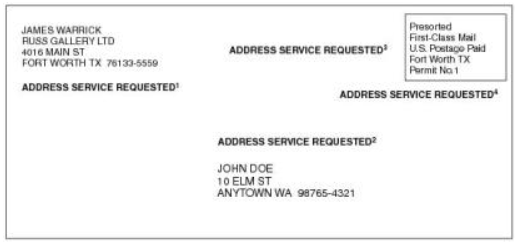Labor and Employment Alert: Finding Lost Participants, Annual Limit Update and Tax Bill Implications
We have become aware that the Department of Labor (DOL) has started to take issue with the standard processes used by retirement plans to identify and locate lost participants in ongoing plans.
There is currently no official guidance outlining the standard procedures that retirement plans should follow to maintain contact with or locate deferred vested participants (i.e. former employees who have a right to future benefits). The DOL has only published guidance outlining the procedures that a terminating retirement plan should follow to locate missing participants, and that ongoing plans should follow before making automatic rollover distributions to an IRA for participants who are owed small-sums (between $1,000 and $5,000).
Despite this lack of guidance, the DOL has been asserting in recent audits that a retirement plan’s failure to identify and locate a missing participant is a breach of fiduciary duty. This is the case even when the retirement plan has followed its procedures and has relatively few missing participants.
Most retirement plans flag a participant as “lost” if any mailed plan communication has been returned by the United States Postal Service. Most retirement plans have contracted with a third party provider to run a search with a commercial locator service to attempt to find an updated address for the flagged lost participants (or to confirm that the participant has died). Most retirement plans assume that the remaining addresses are correct.
DOL agents have been challenging different parts of this standard process. First, DOL agents have been taking the position that a retirement plan cannot assume that a participant’s address is correct simply because the envelope is not returned by the United States Postal Service. Second, DOL agents have challenged the reasonableness of the search process if the plan does not use multiple methods to attempt to find the participants.
In light of the DOL’s recent position on identifying and locating lost participants, we recommend the following:
- Send mailings “address service requested.” With that notation added to the envelope (see inset for the four possible locations for that notation), the post office will: (a) if the individual had filed an address change notice within the prior 12 months, forward the envelope to the new address and notify the plan of that address, (b) if the individual had filed an address change notice more than 12 but less than 18 months before the mailing, return the envelope to the plan with the new address attached, and (c) if the individual had filed an address change notice more than 18 months before, return the envelope to the plan with a reason that the envelope is non-deliverable. That simple change decreases the number of participants who will become lost and provides a plan with assurances that the addresses for the remaining participants are valid.

- Hire a second commercial search provider to try to find participants who were not found by the first provider;
- Conduct a search for all missing participants at least annually;
- Call the telephone numbers on file for the participant or beneficiary; or
- Contact individuals who worked with the employee or the designated beneficiaries to try to get a better address.
- At least one trade association has requested the DOL to reconsider its ad hoc approach to this issue. While we wait for the DOL to update its guidance, it is prudent to revisit how you identify and locate missing participants.
Cost of Living Adjustments
A chart with 2016, 2017 and 2018 retirement plan indexed amounts is available here.
Tax Cuts and Jobs Bill would affect employee benefits
As you have probably heard, the Tax Cuts and Jobs Act as introduced in the House on November 2, 2017, does not delve back into health care reform, but the bill as proposed would impact the following employee benefits:
- repeal the dependent care deduction which would impact dependent care FSAs;
- reduced the deduction for employer provided housing;
- repeal the tax exclusions for qualified moving expense reimbursements, adoption assistance programs and employee achievement awards;
- revise the hardship distribution rules by repealing the 6 month contribution suspension and requirement to take a plan loan before taking the hardship distribution;
- revise 162(m) to eliminate the exception of performance based compensation and commissions from the calculation of the $1m deduction cap (which would have an impact on your bonus and equity grant structures) and expand the pool of employees subject to the deduction cap; and
- significantly change nonqualified deferred compensation arrangements to require taxation at vesting.
Alternatives are already being discussed and it is uncertain whether any bill will ultimately be enacted, much less what provisions might be in the final version of the bill. We will monitor these items as the bill moves through Congress.




